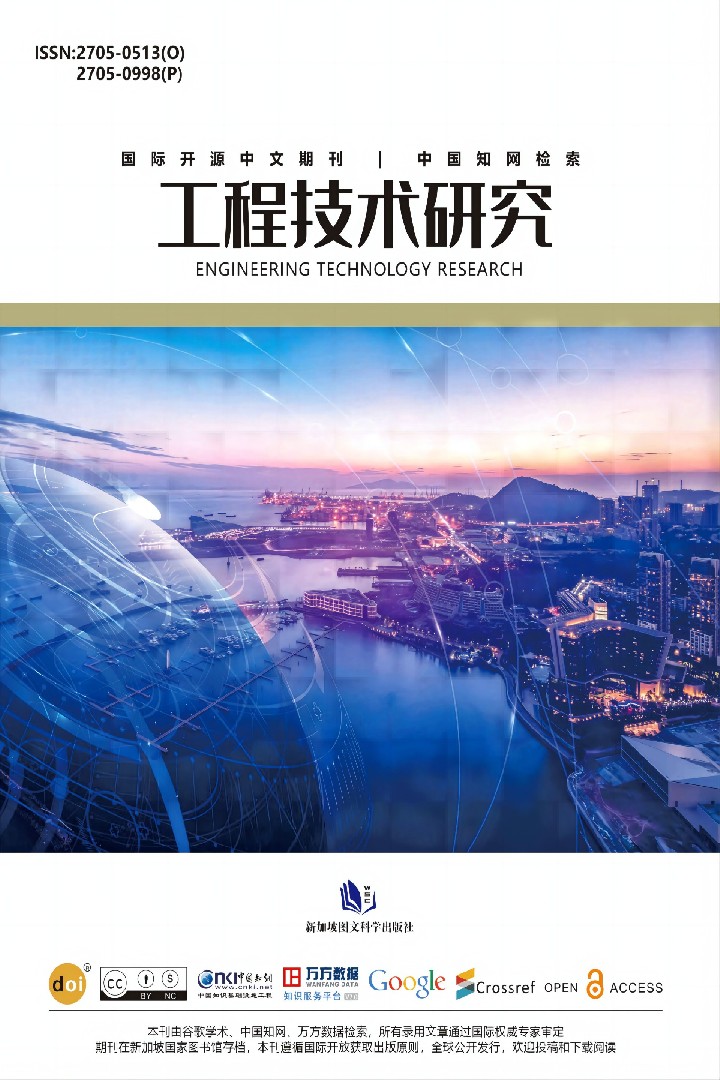作者
赫德兰德科塔里,卡琳安吉特
文章摘要
目前使用的大多数混凝土都是基于普通波特兰水泥(OPC),这会产生高二氧化碳足迹,从而对环境产生负面影响。用生态粘合剂(即补充胶凝材料(SCM)或替代粘合剂)部分或全部替换OPC旨在减少二氧化碳足迹。这两种解决方案都引入了许多技术问题,包括它们在铸造操作和硬化阶段暴露于低温、低于冰点的温度时的性能。该综述表明,目前的知识能够在低至−10℃的温度下生产基于OPC的混凝土,而无需任何额外措施,例如加热。相反,含有SCM或碱激活粘合剂(AAC)的复合水泥表现出混合性能,与OPC相比,从劣到优。大多数基于复合水泥的混凝土需要预后热固化或仅短时间暴露于零度以下温度。同时,某些碱激活系统即使在−20℃下也表现良好,无需额外固化。为OPC开发的化学外加剂在其他粘合剂体系中并不总是表现良好。这篇综述表明,关于化学外加剂在低温下如何在生态混凝土中发挥作用,以及当这些在低于冰点的温度下固化时如何加快含有大量SCM或AAC的复合水泥的水化速率,人们知之甚少。
文章关键词
普通硅酸盐水泥(OPC);辅助胶凝材料(SCM);碱激活混凝土(AAC);可持续混凝土;机械性能;抗冻性
参考文献
[1] Rashad, A.M. A comprehensive overview about the influence of different additives on the properties of alkali-activated slag—A guide for civil engineer. Constr. Build. Mater. 2013, 47, 29–55.
[2] Provis, J.L.; Van Deventer, J.S. Alkali Avtivated Materials: State of Art Report, Rilem Tc 224-AAM; Springer: Dordrecht, The Netherlands, 2013; Volume 13, ISBN 9789400776715.
[3] Gifford, P.M.; Gillott, J.E. Freeze-Thaw durability of activated blast furnace slag cement concrete. ACI Mater. J. 1996, 93, 242–245.
[4] Bakharev, T.; Sanjayan, J.G.; Cheng, Y.B. Effect of admixtures on properties of alkali-activated slag concrete. Cem. Concr. Res. 2000, 30, 1367–1374.
[5] Gu, Y.M.; Fang, Y.H.; You, D.; Gong, Y.F.; Zhu, C.H. Properties and microstructure of alkali-activated slag cement cured at below—And about-normal temperature. Constr. Build. Mater. 2015, 79, 1–8.
[6] Rovnaník, P. Effect of curing temperature on the development of hard structure of metakaolin-based geopolymer. Constr. Build. Mater. 2010, 24, 1176–1183.
[7] Fu, Y.; Cai, L.; Yonggen, W. Freeze-Thaw cycle test and damage mechanics models of alkali-activated slag concrete. Constr. Build. Mater. 2011, 25, 3144–3148.
[8] Wu, Y.; Cai, L.; Fu, Y. Durability of green high performance alkali-activated slag pavement concrete. Appl. Mech. Mater. 2011, 99, 158–161.
[9] Barnett, S.J.; Soutsos, M.N.; Millard, S.G.; Bungey, J.H. Strength development of mortars containing ground granulated blast-furnace slag: Effect of curing temperature and determination of apparent activation energies. Cem. Concr. Res. 2006, 36, 434–440.
[10] Douglas, E.; Bilodeau, A.; Malhotra, V.M. Properties and durability of alkali-activated slag concrete. ACI Mater. J. 1992, 89, 509–516.
[11] Brough, A.R.; Atkinson, A. Sodium silicate-based, alkali-activated slag mortars—Part, I. Strength, hydration and microstructure. Cem. Concr. Res. 2002, 32, 865–879.
[12] Mohamed, O.A. A review of durability and strength characteristics of alkali-activated slag concrete. Materials 2019, 12, 1198.
Full Text:
DOI
